
Kunda. 107 km East from Tallinn. Half way between the capital city of Estonia and the border with Russia.
Kunda is the largest mining site in Estonia for cement, operating since 1870 using local limestone and oil-shale ash. Exporting around 650000 tonnes of cement to other European countries. Coal and clay are also mined at this site.
Blue Cambrian clay occurs at Kunda in large amounts.

Walking down to the quarry I could see the colour of the clay in the earth. However access was restricted, not allowing me to enter. Running alongside the quarry was a road with frequent large articulated lorries trundling past full of cargo either from the docks down by the shore or from the quarry. On the opposite side of this road was a natural heritage park area with a beautifully clear river. The feeling struck me of certain places being decided as their land not ours.
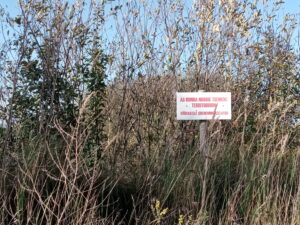

I continued to walk down past the quarry towards the shore for hope of a different way or some land that was publicly accessible where I could dig. The whole perimeter was blocked and so I reached the beach.
I decided to take some sand, as a grog and texture/glaze experiment, and as a substance to weight and fill vessels. I also gathered some wood on my way back up the hill to make some light structures to hold forms.
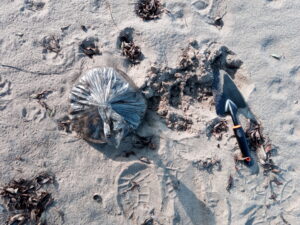
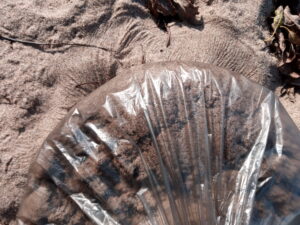
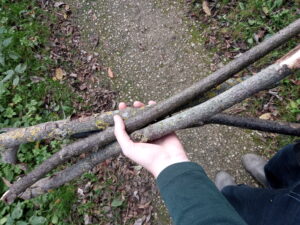
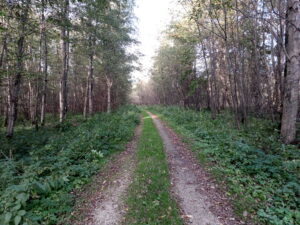
Going back up passed the quarry I decided to follow a small footpath that ran between the road and along the edge of the quarry site. I noticed a small pile of discarded blue clay next to where I was walking. Quickly I gathered it, and then noticed that the surrounding earth under my feet seemed clay-ey. I took my shovel and discovered that there was immediate available clay.
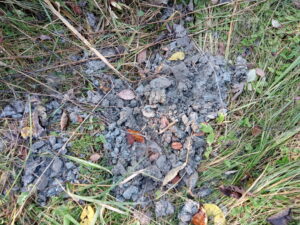
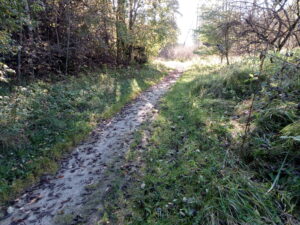
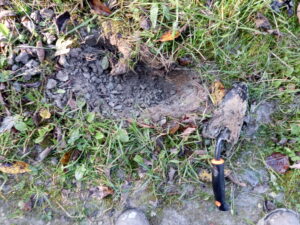
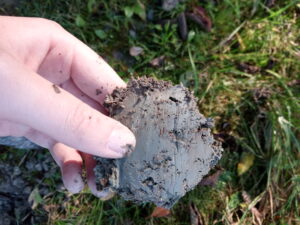
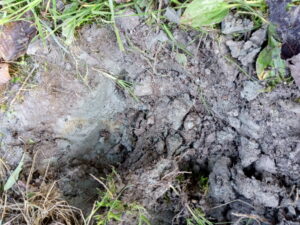
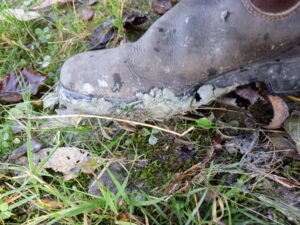
I returned to Tallinn with a backpack full of around 12kg of Blue Cambrian clay. I will now slop it down, seive out the vegetation and rocks, dry it on plaster bats and begin making.
During investigating this area and the mining heritage of Estonia I have begun to learn of the Phosphorite War which occurred during the late 1980s while Estonia was still a Soviet Socialist Republic. The movement opposed the opening of large mines, specifically in the Virumaa region – where Kunda is. The movement played a definitive key role in the ending of the Soviet power in Estonia.
The movement was driven by two main points – protection of environment and land, as well as (more under the surface) to prevent large migration of Russian labour into Estonia for the new mines and so causing large imbalance in population demographic.
This is something I have only just learned of but will continue to investigate. The relationship between mining, culture and politics is incredibly substantial, where I am from in Yorkshire and where I am now in Estonia.

